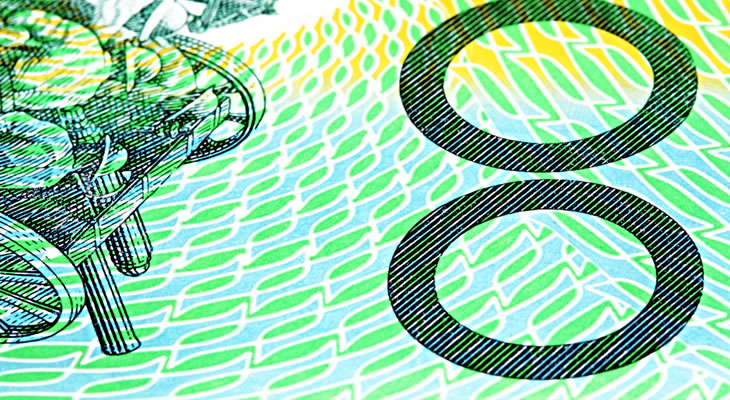After the sharp drop prompted by the results of the UK general election the Pound remained on a generally bearish footing against rivals.
Even though Theresa May has made her intention to remain as Prime Minister clear a sense of political uncertainty continues to weigh on the domestic outlook.
Markets doubt the tenability of May’s position, with the Conservatives’ proposed alliance with the Democratic Unionist Party (DUP) already proving controversial.
While investors have hoped that a minority Tory government could result in a softer form of Brexit this has done little more than limit the downside potential of the Pound.
If the government continues to adopt a hard-line on the matter of Brexit, however, the Pound Australian Dollar exchange rate is likely to remain on a bearish bias for the foreseeable future.
As Kit Juckes, economist at Societe Generale, noted:
‘A weakening economy, a surfeit of political uncertainty and the prospect of a widening interest rate differential with both the US and Euro area will keep Sterling down, but valuations provide a measure of support.’
Confidence in Sterling could remain limited if the Bank of England (BoE) maintains a cautious tone on monetary policy at its June meeting.
Although the odds of interest rates rising from their current historic lows were already limited any further signs of dovishness are likely to undermine demand for the Pound.
If policymakers indicate that monetary policy is set to remain loose for some time to come the GBP AUD exchange rate could be encouraged to cede further ground.
Could Employment Data Weaken Australian Dollar Appeal?
Support for the Australian Dollar was somewhat limited, however, with market risk appetite muted and fresh domestic data lacking.
The ‘Aussie’ may struggle to find any particular support ahead of May’s labour market data, which could diminish confidence in the strength of the Australian economy.
If the unemployment rate fails to hold steady at 5.7% the GBP AUD exchange rate could find a rallying point, even though the employment report is notoriously volatile in nature.
Any signs of weakness are likely to weigh heavily on the Australian Dollar, particularly if base metal prices remain under pressure.
Even though a Federal Reserve interest rate hike is already largely priced into the markets a more hawkish meeting could encourage a fresh wave of risk aversion on Wednesday.
On the other hand, if the Fed indicates that it is inclined to take a less aggressive pace of monetary tightening in the coming months the ‘Aussie’ could find renewed strength.
A stronger sense of market risk appetite may see the GBP AUD exchange rate extending its losses in the near term.


Comments are closed.